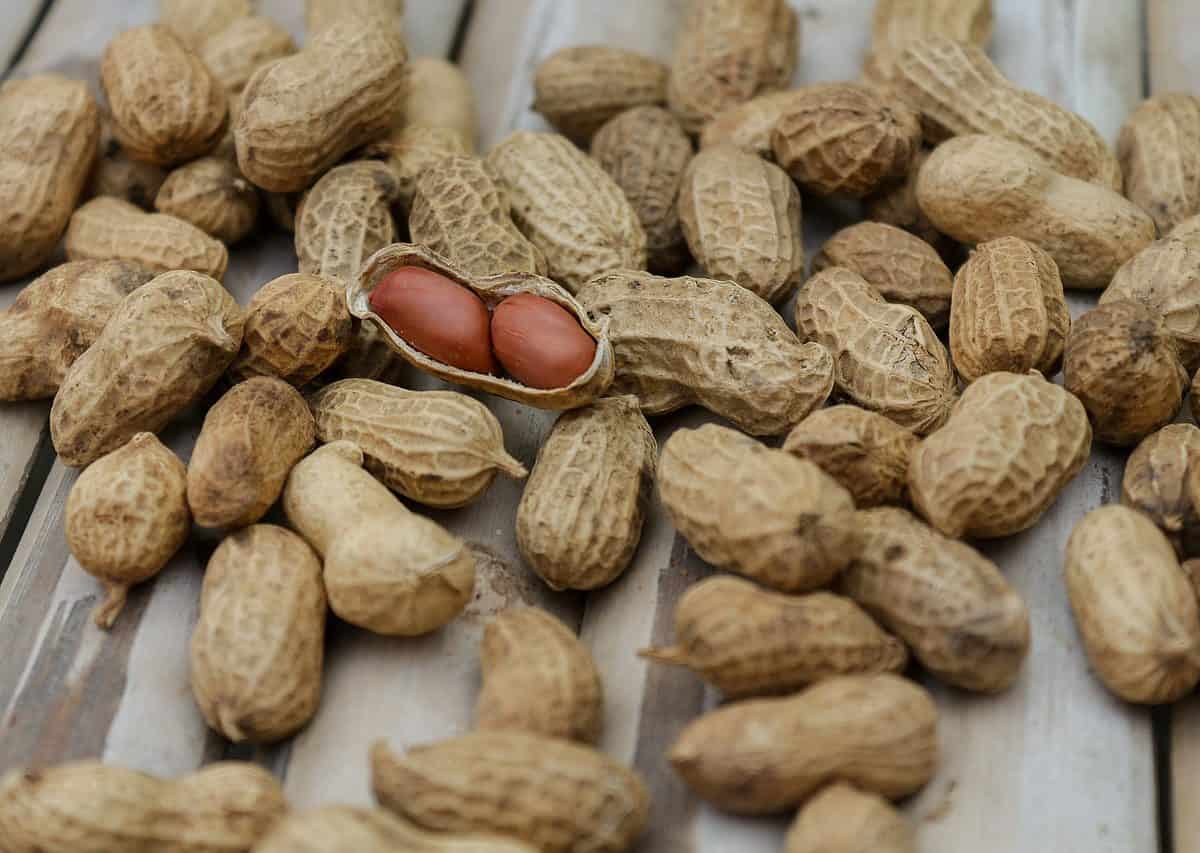Here’s another crop for the tropical home garden that’s easy to grow and provides the family with plenty of valuable nutrition Peanuts are actually native to the tropical Americas, as confirmed in Peruvian archeological digs in which peanut seeds were uncovered in pre-Columbian tombs. Early colonists in the America stook up growing peanuts, and from there they were distributed around the world.
Today, peanuts are an important staple in countries such as China and Africa. Known as maní in Costa Rica or cacahuate in Mexico, the peanut remains a popular food in the region. Although peanuts tend to be used as “treats” in our culture, they are a staple for others. That’s because peanuts are nearly a complete food. According to Rodale Press, peanuts contain more pantothenic acid than any other food except liver.
They are also rich in vitamins E, A,B1 and B2, calcium, phosphorus, iron and protein. Peanuts have one of the most curious reproduction traits in the plant kingdom. When the plants grow to 12 or18 inches tall, they produce two sets of flowers: showy, yellow, pea-like flowers, which are sterile, and inconspicuous, fertile flowers that grow under the lower-leaf axils. After the lower flowers are pollinated, they send out long peduncles or shoots, which contain the embryonic seeds.
These grow, bend over and bury themselves in the soil, where they form the seed capsules we know as peanuts.
For this reason, it is beneficial to cultivate the soil up around the base of the plants, just like gardeners do for corn or potatoes. This makes it easy for the peduncles to develop in the loose soil around the plant, thereby improving crop production. Peanuts are ready to harvest in three to four months, depending on the variety.
I prefer the Spanish red variety, which takes only three months. Spanish red peanuts are also readily available in stores that sell fresh ground coffee and roasted peanuts. All you have to do is ask for manícrudo (fresh peanuts).Usually half a kilo of fresh peanuts is sufficient for a home garden. After you remove the peanut husks, you can plant the seeds one to two inches deep and 12 inches a part in the rows. The spacing between rows should be at least two feet to facilitate hoeing later.
Peanuts can be grown in average soils with acidic conditions between pH 5 to 6.Additions of aged compost help to increase plant growth and production. Even though peanuts are hardy plants that resist disease and insect attacks, they do have one particular enemy– the June-bug grub, which feeds hungrily on immature peanuts.
To deal with this problem, plant your peanuts in October, or during the dry season with irrigation. During this time of year, the grubs in the ground discontinue feeding, become dormant and enter the pupa stage. Harvesting peanuts is much like digging for buried treasure. When the plants become yellow and brown, you can begin to dig up the peanuts with a pitchfork. Loosen the soil around the plant and then pull up the entire plant.
Most of the peanuts will remain attached to the plant, although you may need to dig around a bit to find any stragglers. It’s important to wash the soil from the new peanuts and dry them well in the sun using a wire screen. They should be dried until they are crisp and crack open easily. Otherwise, they will become moldy in storage, creating a toxic compound known as aflatoxin, which renders them inedible.
To obtain maximum nutritional value from your peanut harvest, try sprouting the fresh seeds. Soak the seeds in water overnight in a wide-mouth glass jar with a screen top secured with a rubber band. For the next three days, rinse the seeds with fresh water and invert the jar so the water drains. As they sprout, the red skins will become easy to remove, and you can serve these delightfully tasty seeds in salads or in your rice and vegetable dishes.
They can also be blended with water to make the best “milk” you’ve ever tasted or, with less water, a puree base for salad dressing. Home grown toasted peanuts are also much healthier for you than the rancid, oily, over-salted peanuts you buy at the store. Simply toast the raw peanuts in the oven at 300 degrees F for 20 minutes. They can also be added to home made granola, cookies and other baked goods.
And, of course, you can utilize your peanuts for those exotic Thai food recipes. George Washington Carver (1864-1943), the renowned U.S. scientist whose research brought to light the nutritional benefits of peanuts, was fond of saying: “Anything will give up its secrets if you love it enough.”

